Our faces say a lot about us, but also do a lot of work over time. Panelists are important for providing feedback to clients that enlist studies in the development of their products, notably for skin care. Study participants are instrumental in the process undertaken to get products on shelves, and often there are specific items that companies want to learn more about for users, with facial creams being no exception. As such, some of these products speak to helping in the treatment of some of the conditions outlined below.
Glabellar Lines: Glabellar lines are wrinkles that appear between the eyebrows, and can also be called frown lines owing to connection to that facial expression. This is in addition to squinting, which can become more pronounced over time. Concentration and frowning cause muscles to contract, forming grooves beneath the skin.
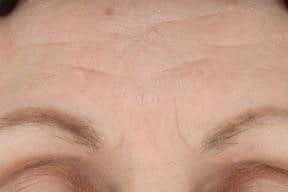
Marionette lines: These are facial wrinkles that take place with natural aging. They run between the mouth and chin, and can also create sagging in the lower half of your face. These lines get their name from marionette string puppets, which are known for having split jaws when used by puppeteers.
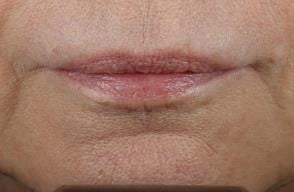
Nasolabial folds: Nasolabial folds are the indentation lines on either side of the mouth, running from the edge of the nose to the mouth’s outer corners. They become more prominent when people smile and can deepen with age, making them sometimes known as laugh or smile lines. Some people develop wrinkles next to them, which may be more visible when smiling.
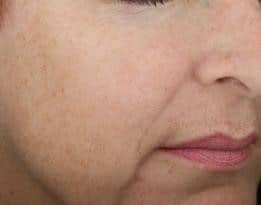
Crow’s feet: As you age, you may notice fine lines forming in your skin on the outer corners of your eyes. Known as lateral canthal lines, they are also called crow’s feet. These small lines and wrinkles form from tiny muscles contracting in the outer corner of your eyes as you experience various emotions that influence your facial expressions: Happiness, grief and sadness. They usually start out from when you smile or your eyes naturally squint. Over time, these fine lines may start to appear on your face regardless of facial expressions.
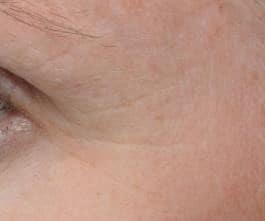
Tear troughs: This is a groove or depression between the lower eyelid and the upper cheek. It can become more pronounced over time when the skin loses elasticity. This can result in the appearance of deep, dark circles or bags under the eyes, which can make one look tired.
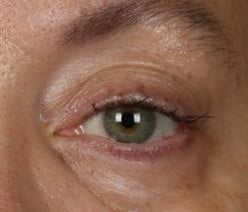
Droopy eyelid: Nearly everyone experiences droopy eyelids before they go to sleep, but if your upper lid is constantly hanging over your eye, you may have a condition called ptosis, defined as an abnormally low-hanging upper eyelid. It can develop as a normal part of aging or be caused by other medical factors.
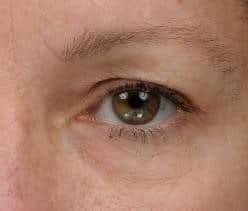
Hyperpigmentation: This involves skin that darkens in comparison to its natural color. These patches of discoloration can develop anywhere, but are most often seen where there’s exposure to the sun. Not to be confused with a suntan, which comes and goes, hyperpigmentation tends to last longer, although areas may lighten or fade with time.
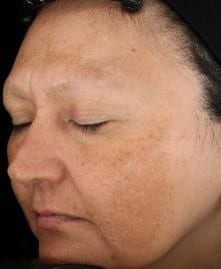
Melasma: Melasma often happens because of overproduction of the cells that make the color of your skin. It normally manifests as brown or blue-gray patches or freckle-like spots.
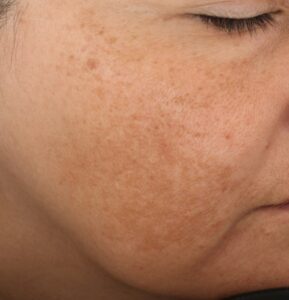
Interested in learning more about what studies are available? Give us a call or text us at 833-530-7596.
